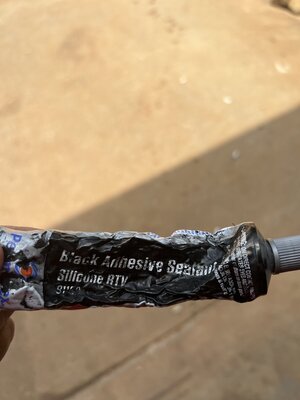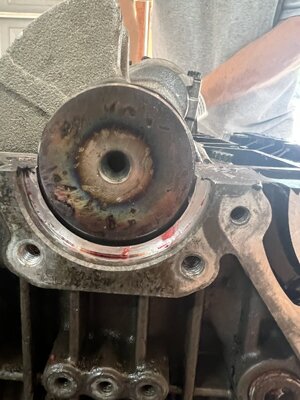backyardbuilt
New Member
Alright forum here's what i got. So recently my 2013 RXPX 260 dropped a valve, i replaced 3 pistons and rings and started assembly on the rest of the motor. Everything was going smooth until it was time to put the cases back together. I got everything torqued to spec, according to the manual, but the crank will not spin at all by hand. I split the cases and the crank started rolling pretty easy again. I used tons of assembly lube and like i said, torqued to spec. No visible damage to anything on the bottom end. Silly question is, could it be because im trying to rotate the crank with the motor being upside down? Im at a loss for now, and i don't really know what to do next. I am not a Professional engine builder, but i do have experience in building motors. Like i said, not sure what to do, hopefully you guys can help me out. Thanks in advance.






